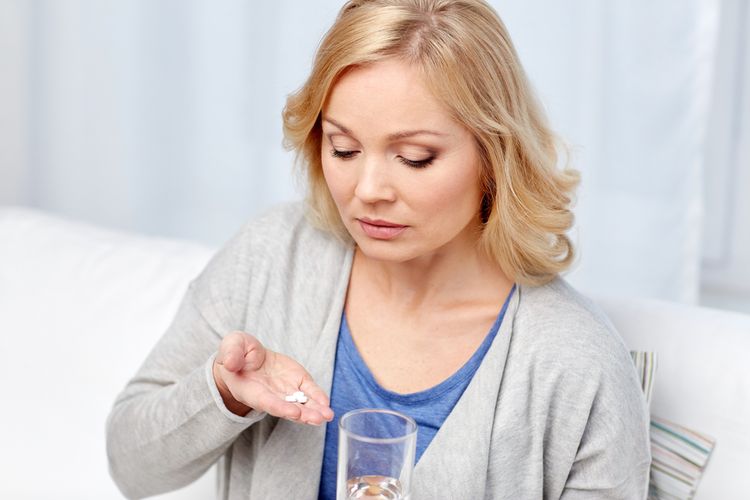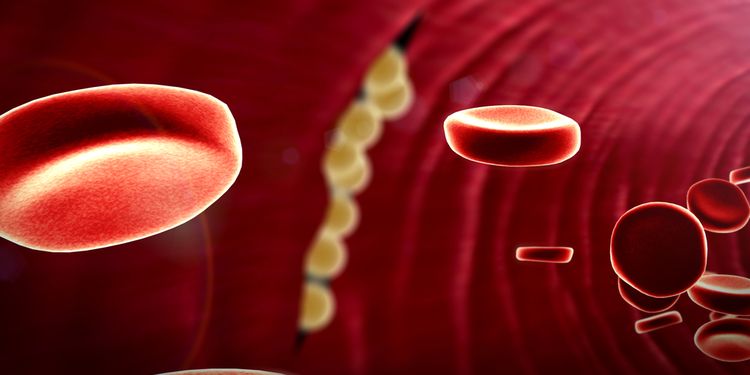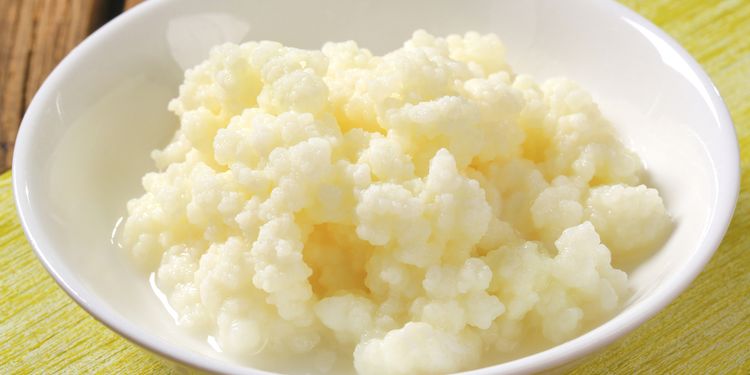4 Steps To Healing Your Gut After Taking Antibiotics

You’ve been there. We all have. Cold and flu season rolls around, or you’ve been burning the candle at both ends, and you get hit with a bug that’s tough to shake. So you get a script for some antibiotics, hoping to be up and running in a couple days’ time.
While that little bottle of pills can get you back on track in the short term, it may be doing you more harm than good in the long term. Dr. Amy Myers M.D. has seen many patients over the years who’ve taken excess amounts of antibiotics, and at this point knows better than most how antibiotics can throw your delicate digestive system balance horribly out of whack. Thankfully, she also knows what you need to do to get it back in working order.
Your Second Brain
Your gut is home to 100 trillion microorganisms, made up of 400+ different species of bacteria. While you might know that it’s responsible for extracting and metabolizing important nutrients from the food you eat, did you know that it also assists in the overall function of your immune system, and critically impacts your mental wellness?

According to Dr. Myers, your gut is responsible for housing up to 60-80% of your immune system, as well as 90 % of your neurotransmitters, which play a key role in controlling your overall mood. For this reason, the gut is often referred to as the second brain. It wears far more hats than most of us realize, and if it can’t do its jobs well, things start to go wrong everywhere in your body.
How Antibiotics Affect Your Gut
Antibiotics don’t play favorites. Just as much as they kill off the “bad” bacteria – the ones that make you feel sick – they also kill off the “good” bacteria. This good bacteria is what prevents the bad guys from growing out of control, so when the good bacteria is wiped out, the inmates (opportunistic organism such as yeast) can run the asylum (your gut).
One of these stealthy and unhealthy microorganisms is a yeast called Candida Albicans. This yeast grows very quickly, and worse still, feeds off of sugar, it’s primary food source. Once that happens, it can damage the lining of your gut walls, and lead to what’s known as leaky gut syndrome.

Leaky Gut and Autoimmunity
When your small intestines are in a healthy state, toxins and undigested food matter stay out of the bloodstream, allowing only nutrients to pass through. When suffering from leaky gut syndrome however, the normally tight junctions in your gut are are more open, which allows all sorts of microbes, undigested food and toxins to enter your bloodstream.
Your immune system sees these trespassing foreign substances as invaders and attacks them. Over time, your immune system, and cleansing organs and systems such as the liver and lymphatic system, which have been working in overdrive, become taxed from having to defend their home turf. This vicious cycle is what eventually leads to autoimmune disease, and why any good autoimmune recovery program begins with healing the gut.

The Four-R Plan to Healing Your Gut
Step 1: Remove
The first step toward getting your body back into balance is to eliminate the yeast that’s been robbing you of your health. Because yeast feeds on sugar, alcohol and refined carbs, removing them things from your diet will starve the yeast. From there, Dr. Myers recommends introducing anti-fungal supplements that will kill it entirely.
Step 2: Restore
Set the stage for your body to be able to assimilate the nutrients that it needs for optimal wellness and performance. Digestive enzymes are a great tool to turn to in this situation, as they greatly assist the digestive process. This reduces the burden on your digestive system and allows you to reap the maximum nutritional benefits from your food.

Step 3: Reinoculate
Prebiotics and probiotics. Often confused, but very different in function.
Probiotics are the more widely known of the two at this point. They’re live strains of bacteria that help to repopulate your gut and restore bacterial harmony. These can come in supplemental capsule form, or from fermented foods such as sauerkraut, kimchi or Kombucha. Be sure to consume as many different strains of bacteria as possible, as you’ll want to create a diverse environment in your microbiome. If you’ve got a yeast overgrowth issue, be sure to treat first before incorporating fermented foods, as they can actually feed the yeast along with your good bacteria.
In order to help the good bacteria thrive, you’ll need to feed it. This is where prebiotics come in. Soluble fiber is prebiotic food for bacteria. This can be acquired through supplements, or from eating foods such as dandelion greens, garlic, leeks, onions, sweet potatoes and chicory root. Just be cautious, as prebiotics also feed yeast. So if you have an overgrowth, you’ll want to address that prior to taking prebiotics.

Step 4: Repair
You’ll need some specific nutrients to assist your body in repairing your gut. Three really helpful supplements for this purpose are:
- L-glutamine, which is an amino acid that can help to rebuild your gut’s mucosal lining.
- Aloe vera, which can also support the health of your gut lining.
- Collagen, either in supplemental form or through homemade bone broth (for gelatin). Bone broth is highly beneficial on many levels, but isn’t always the most convenient choice. In supplemental form, the two best choices are Great Lakes Collagen Hydrolysate from grass-fed beef, as well as Vital Proteins Pasture-Raised, Grass-Fed Collagen Peptides. The benefit of hydrolyzed collagen, which both of these are, is that the collagen proteins are already broken down into smaller pieces. They have the same amino acids as gelatin, but are easier to absorb.
Support Your Liver
Aside from punishing your gut, antibiotics can take their toll on your liver. Dr. Myers recommends three key detoxifying supplements for liver support: Milk thistle, alpha-lipoid acid and N-Acetyl Cysteine. These supplements support your liver’s natural detoxification process.
With life, its stressors and all of the seasonal offenders, it can sometimes seem like feeling your best is a nonstop battle. But getting healthy after antibiotics is a battle you can win. Now that you know what to do, as well as some key tools to have in your case, getting back on track should be a piece of cake (yeast-free!).
